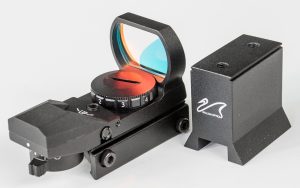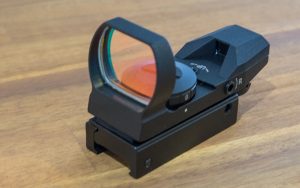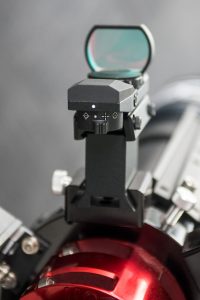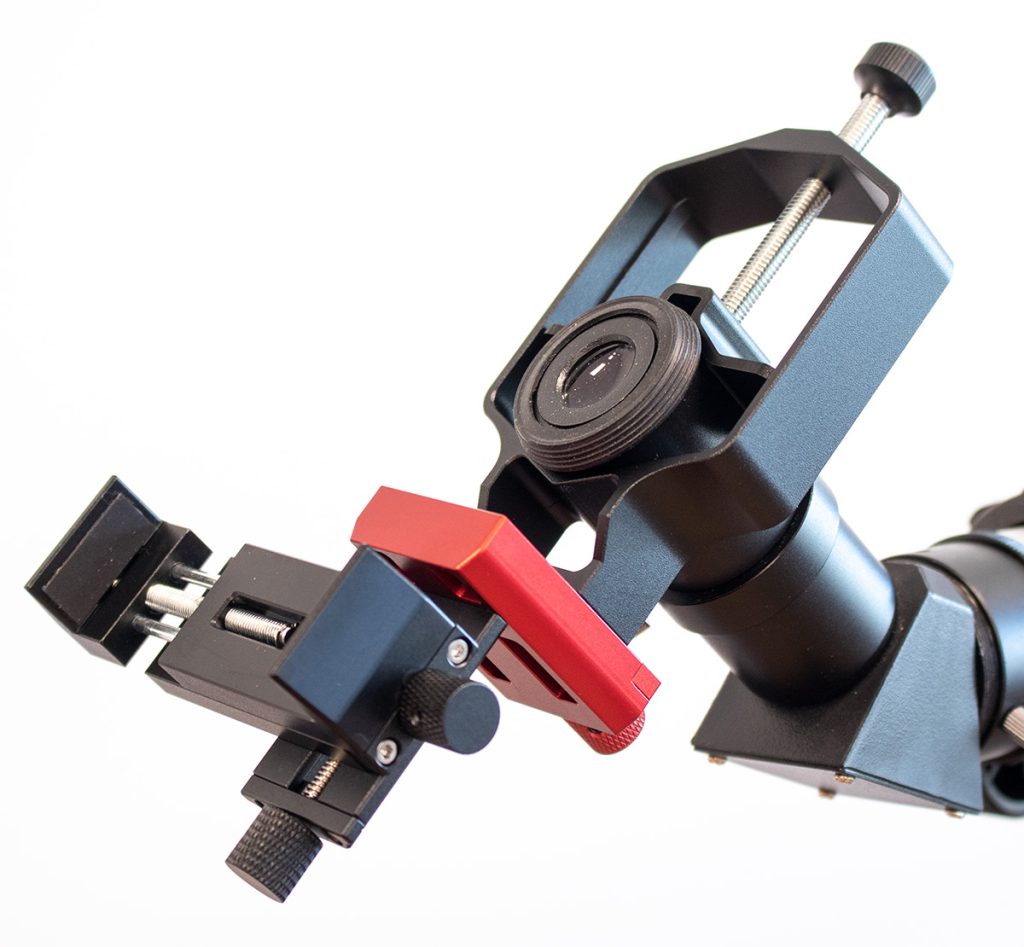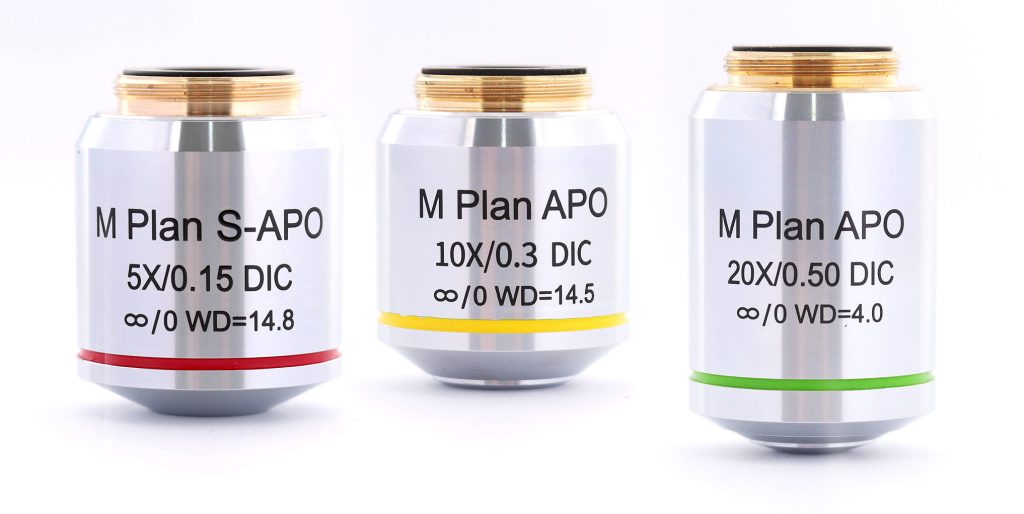Red-dot finderscopes
Just about everyone has used (or at least seen) a red-dot finderscope. The idea is wonderful – it’s a heads-up display that projects a simple dot out in space showing you where your telescope is pointed. Because it has no magnification, you can use it with both eyes open, making it great for slewing quickly and accurately.
Used correctly, a red-dot will save you hours of swearing while you find a target or align a go-to mount. Like I said, the idea is wonderful.
But…
But the execution leaves a lot to be desired. Just about everyone who has actually used a red-dot will tell you they’re plagued with problems.
First, they’re made of plastic, meaning if you bump them, even lightly, they go out of alignment, making them useless.
Second, very often you find that their adjustment range isn’t wide enough, and you end up having to shim them just to get the dot where you need it.
These are both irritating, but worse, sometimes they just don’t work. Cheap red-dots haven’t got a reputation for reliability. Mostly this is due to battery contact problems, but
If only someone made a decent red-dot that isn’t rickety and unreliable!
The solution
Enter the William Optics red-dot finderscope. WO has a reputation for high quality equipment, and this even extends to their red-dot finderscope.
First thing you’ll notice is that it’s heavy. It’s made of aluminium, not plastic. It’s square and stable. And it won’t move if you touch it.
Adjustments are made using an Allen key, and there’s a nice positive click when you adjust it. It’s not going to drift off aim.
You can even change the shape of the reticule. From a simple dot, you can swap to a cross, or a couple of circles. I rather like the circle with points. This one doesn’t obscure your target star.
It comes with a small post that will attach to a standard finderscope foot. For a bit of bling, the William Optics logo is etched onto the post. And if you don’t have a finderscope foot on your telescope, you get one in the box.
It comes with a small post that will attach to a standard finderscope foot. For a bit of bling, the William Optics logo is etched onto the post. And if you don’t have a finderscope foot on your telescope, you get one in the box.
So now…
With this red-dot you can reliably find your target or align your mount without having to tiptoe around your finderscope. Like any high quality tool, it fades into the background, and you find yourself interacting with the stars, not the equipment.

